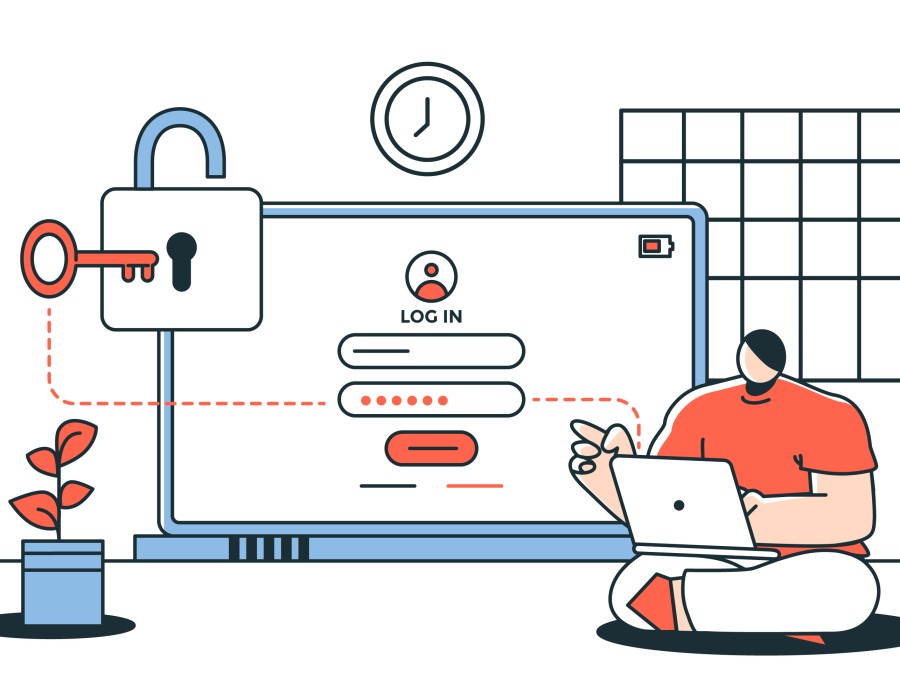In the fast-paced and high-stakes world of finance, security isn’t just a priority—it’s the backbone of the entire operation. Whether safeguarding customer funds or ensuring regulatory compliance, financial organizations must prioritize trust and security. One game-changing tool that’s helping them do just that is Multi-Factor Authentication (MFA). But it’s not just about security; MFA is also a catalyst for growth in the finance sector.
Here’s how MFA is reshaping the financial industry and paving the way for long-term growth.
1. Building Customer Trust
Customers want to know their money and personal data are secure. Cyberattacks targeting financial institutions are becoming more sophisticated, and breaches can shatter trust overnight. MFA provides an extra layer of protection by requiring users to verify their identity through multiple factors—something they know (like a password), something they have (like a mobile device), or something they are (like a fingerprint).
By integrating MFA, banks and other financial institutions demonstrate a commitment to safeguarding their customers, which builds trust and loyalty. And loyal customers are repeat customers, which is a cornerstone of growth.
2. Preventing Fraud and Cyberattacks
Fraud is one of the biggest threats to the finance industry, costing billions annually. Traditional authentication methods, like passwords, are no longer sufficient to keep hackers at bay. MFA significantly reduces the risk of unauthorized access by adding additional layers of verification.
For instance, even if a hacker obtains someone’s password, they can’t breach an account without access to the second authentication factor. By reducing fraud, financial institutions save money and maintain their reputation—both critical for sustainable growth.
3. Enhancing Regulatory Compliance
The financial industry is one of the most heavily regulated sectors in the world. Governments and regulatory bodies enforce strict security measures to protect customer data and prevent financial crimes. Implementing MFA helps financial institutions comply with standards like PCI DSS, GDPR, and SOX.
Non-compliance can result in hefty fines and reputational damage, which can slow growth. On the other hand, meeting and exceeding compliance standards ensures smooth operations and boosts investor confidence.
4. Empowering Remote Work
The pandemic revolutionized how businesses operate, and the financial sector was no exception. Remote work has become a staple, but it brings its own security challenges. MFA ensures secure access to sensitive financial data and systems, no matter where employees are located.
With the confidence of secure remote operations, financial organizations can hire talent globally, scale operations, and remain competitive in the digital era.
5. Enabling Seamless Digital Transformation
Today’s customers demand convenience, and the finance industry is racing to deliver through digital transformation. From online banking to fintech apps, the shift to digital services opens new revenue streams—but it also creates vulnerabilities.
MFA strikes a balance between security and user convenience. With modern methods like biometrics and adaptive MFA, financial organizations can offer frictionless experiences without compromising security. Happy customers lead to increased adoption of digital services, ultimately driving growth.
6. Reducing Operational Costs
Cybersecurity breaches are expensive—not just in terms of money but also the resources spent on damage control. By proactively implementing MFA, financial institutions can significantly reduce the likelihood of breaches, saving on costs associated with recovery, legal proceedings, and customer churn.
Additionally, MFA reduces the burden on customer support teams by cutting down on account recovery requests. When customers can securely reset their accounts through self-service MFA tools, institutions save both time and money.
7. Fostering Innovation
Strong security measures like MFA encourage innovation in financial services. With a robust authentication framework in place, institutions can confidently explore advanced technologies like AI-powered financial advice, blockchain, and digital wallets.
By fostering innovation, financial organizations can stay ahead of competitors and create new opportunities for growth.
Conclusion
Multi-Factor Authentication is no longer optional in the finance industry—it’s a strategic necessity. By enhancing security, building trust, ensuring compliance, and enabling digital transformation, MFA lays the groundwork for growth and resilience in an increasingly digital world.
The bottom line? When customers feel secure, businesses thrive. And when businesses thrive, growth becomes unstoppable. If your financial organization hasn’t embraced MFA yet, now’s the time to make the move.





Comments